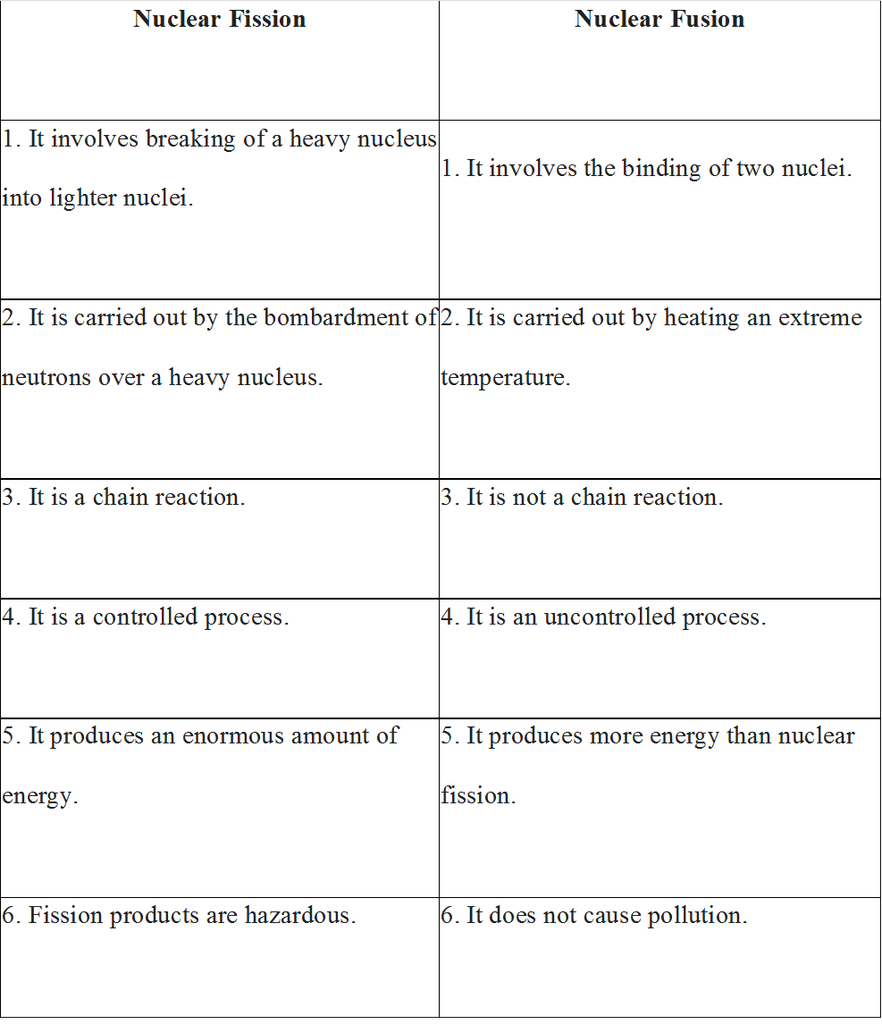Notes added by teacher sudhanshu@kaysonseducation.co.in for Batch Combined
Unit V Natural Resources > Chapter 1 Sources of energy > Conventional and non-conventional sources of energy.
- Books Name
- Iti Shree Science Book
- Publication
- Vaishnav Publication
- Course
- CBSE Class 10
- Subject
- Science
Non-Conventional Sources of Energy
Solar Energy:
- The sun is the main source of energy for all living beings on this earth.
- The energy produced by the sun in the form of heat and light energy is called as solar energy.
- Solar radiations can be converted electricity through solar cells (Photovoltaic cells).
- Photovoltaic cells convert solar radiations directly into electricity through silicon solar cells.
- Solar cells arrange on a large flat sheets form a Mirror solar panel.
- Solar cookers are painted black from outside and a large glass plate to trap solar radiations by greenhouse effect.
Solar Cooker:
- Solar cooker is very simple in design and mode of function.
- It is usually made from mirrors.
- Plain mirrors are placed inside a rectangular box.
- The light reflected from the plain mirrors concentrates the solar energy inside the solar cooker which generates enough heat to cook food.
Advantages of Solar Cookers
- Eco-friendly.
- Renewable.
- Used in rural areas.
- Retains all the nutrients in food due to slow cooking.
Disadvantage of Solar Cookers:
- Silicon cells are expensive.
- Solar radiations are not uniform over the Earth’s surface.
- Cannot be used at night or on cloudy days.
- Cannot be used to make chapattis, for frying as these require a temperature of 140 °C or more. (Maximum temperature of 100 °C only can be achieved in a solar cooker) Other Solar Devices are solar water heater and Solar furnace.
Solar Panel
- Solar panel is an assembly of photo -voltaic cells mounted in a framework for installation.
- Solar panels use sunlight as a source of energy to generate direct current electricity.
- A collection of PV modules is called a PV panel, and a system of PV panels is called an array.
- Arrays of a photovoltaic system supply solar electricity to electrical equipment.
Energy from Sea
Tidal Energy: Due to the gravitational pull of the moon, tides happen near seashores. Water rushes up near the seashore during high tide and goes down during low tide. Dams are built near seashores to collect the water which comes during a high tide. When the water runs back to the ocean, the flow of water can be utilized to generate electricity.
Wave Energy: Waves can also be a good source of energy. Many devices are being designed and tested to produce wave energy. For example; a hollow tower is built near the seashore. When water gushes in the tube because of wave, it forces the air upwards. The kinetic energy of air in the tube is used to run a turbine. When the wave goes down; air from up goes down the tube which is also used in running the turbine.
Ocean Thermal Energy: The water at sea surface is hot during the daytime, while the water at a lower level is cold. The temperature differential in water levels can be utilized to generate energy. If the temperature differential is more than 20°C, then ocean thermal energy can be utilized from that place. For this, a volatile liquid; like ammonia; is boiled using the heat from the hot water at the surface. The steam of the volatile liquid is utilized to run the turbine to generate electricity. Colder water from the surface below is utilized to condense ammonia vapour which is then channelized to the surface to repeat the cycle.
Geothermal Energy: Heat energy from molten rocks present inside the earth created under certain favorable conditions by natural processes is called geothermal energy. It is the only type of energy which does not use solar energy.
Magma is formed when this heat melts the rocks. The rocks and hot gases are called magma.
The magma gets collected at some depths below the Earth’s surface. These places are called ‘Hot spots’.
When underground water comes in contact these hot spots, it changes into steam, which can be used to generate electricity.
Advantages of Geo Thermal Energy
- renewable
- Inexpensive
Disadvantages of Geo Thermal Energy
- Only a few sites are available for harnessing energy.
- Expensive
Nuclear Energy:
- Nuclear fission is the process during which a bigger nucleus breaks to produce two smaller nuclei.
- The process generates a huge amount of energy.
- This phenomenon is utilized in nuclear power plants.
- Nuclear power is safest for the environment but the risk of damage due to accidental leaks of radiation is pretty high.
- There are two distinct ways of obtaining nuclear energy, (a) Nuclear fission and (b) Nuclear fusion.
Advantages of nuclear energy.
A very large amount of energy can be produced by a nuclear process on using very small amount of nuclear fuel in a nuclear reactor.
The energy so produced can be easily transformed into electrical energy.
It does not produce harmful gases.
Disadvantages of Nuclear Energy:
- Risk of nuclear waste leakage.
- High cost of setting up of nuclear plant.
- Pollution of environment.
Difference between Nuclear Fission and Fusion

Environmental consequences of the increasing demand for energy:
- The combustion for fossil fuels produces acid rain and damages plants (crops), soil and aquatic life.
- The burning of fossil fuels is increasing the amount of greenhouse gas, carbon dioxide in the atmosphere.
- The construction of hydropower plants is a disturbing ecological balance.
- Nuclear power plants are increasing radioactivity in the environment.

 Carrier Point
Carrier Point
